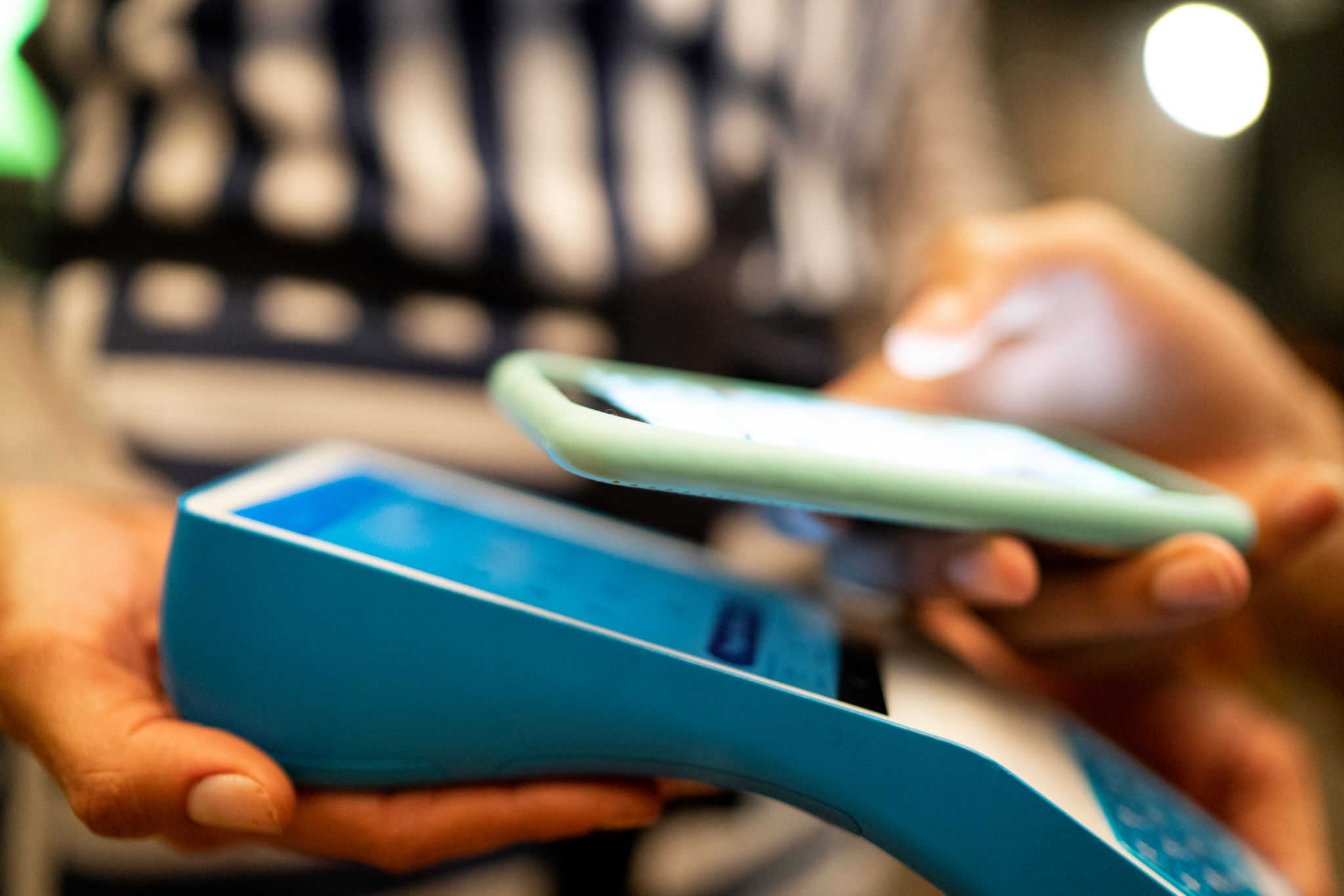Comparing Payment Devices: Finding the Best Fit for Your Business
In today's fast-paced business environment, choosing the right payment device is crucial to meet customer expectations and streamline operations. With a variety of options available, it's essential to understand the features and benefits of each device to find the best fit for your business.
Understanding Payment Devices
Payment devices come in various forms, including traditional card readers, mobile payment solutions, and integrated point-of-sale (POS) systems. Each type caters to different business needs, from small retailers to large enterprises. It's important to assess the scope and scale of your operations before making a decision.

Traditional Card Readers
Traditional card readers have been a staple in businesses for decades. These devices are reliable, easy to use, and are perfect for brick-and-mortar stores. They often support multiple payment methods, including magnetic stripe, chip, and contactless transactions.
However, they may not be the best choice for businesses looking for mobility or advanced features like inventory management. For businesses with a fixed location and a steady flow of customers, traditional card readers can be an economical choice.
Mobile Payment Solutions
Mobile payment solutions are increasingly popular due to their flexibility and convenience. These devices connect to smartphones or tablets, allowing businesses to accept payments on the go. This is particularly beneficial for service-based businesses or pop-up shops that require a portable solution.

Mobile payment devices often support digital wallets, enhancing the customer experience by offering more payment options. They are also typically easy to set up and require minimal hardware, making them a cost-effective choice for small businesses.
Integrated POS Systems
Integrated POS systems are comprehensive solutions that combine payment processing with inventory management, sales tracking, and customer relationship management. These systems are ideal for businesses looking to optimize operations and gain valuable insights into their sales performance.
While integrated POS systems can be more expensive, their ability to streamline various business processes can lead to increased efficiency and profitability. They are well-suited for businesses with multiple locations or those that require extensive reporting capabilities.

Factors to Consider
When choosing a payment device, consider the following factors:
- Business Size and Type: Evaluate your business size and the nature of your operations.
- Customer Preferences: Understand your customers' payment preferences and expectations.
- Budget: Determine how much you are willing to invest in payment technology.
- Scalability: Consider whether the solution can grow with your business.
By carefully assessing these factors, you can select a payment device that aligns with your business goals and enhances the customer experience.
Conclusion
Ultimately, the best payment device for your business depends on your unique needs and objectives. Whether you opt for a traditional card reader, a mobile payment solution, or an integrated POS system, ensuring that the device meets your operational requirements is key to success.
Investing in the right payment technology not only improves efficiency but also positions your business to adapt to evolving consumer behaviors and technological advancements.